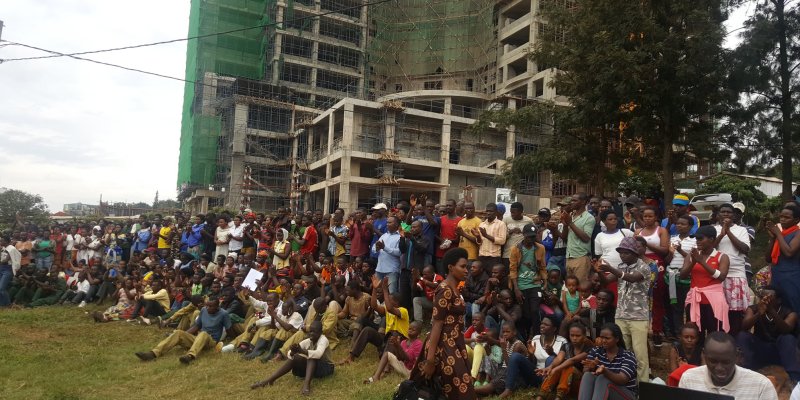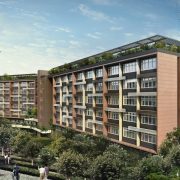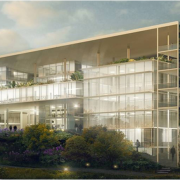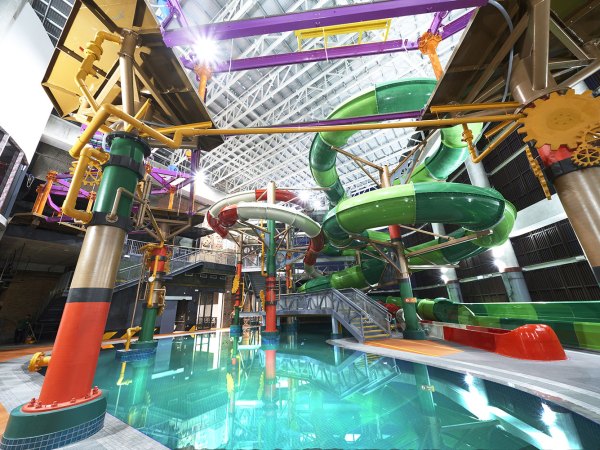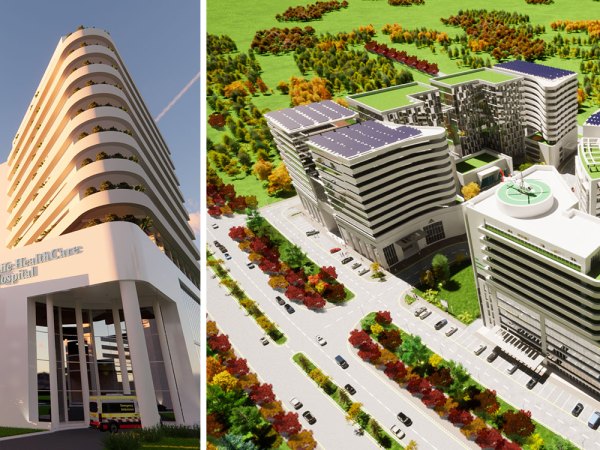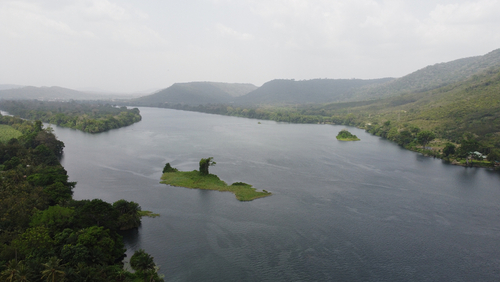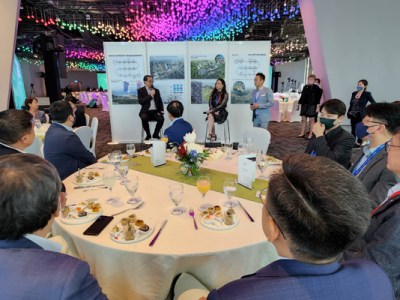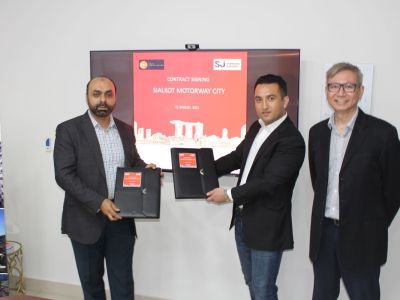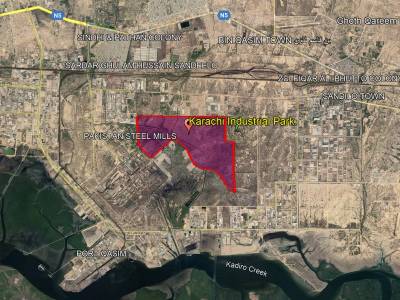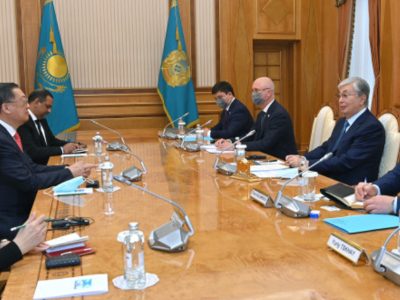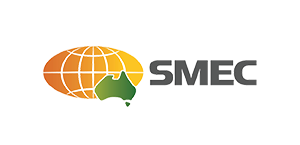The world’s largest cities are also often the most unequal, according to the UN. Yet urbanisation has the potential for new forms of social inclusion, including greater equality, access to services and new opportunities, and engagement and mobilisation, that reflect the diversity of people across the globe.
As we marked World Cities Day on Saturday (31 Oct), we looked at how we at the Surbana Jurong Group work with the local communities to fulfill our mission of Building Cities, Shaping Lives and for the better.
#1 – Building a masterplan for Kigali from the ground up
When it came to updating the Kigali Master Plan, the Surbana Jurong and SMEC team in Kigali was serious about getting the residents involved so that they could identify with the city’s masterplan. The team had found that the limited public participation and engagement of the stakeholders in the previous planning process posed challenges during the implementation.
With the review of the plan in 2020, the SJ-SMEC wanted to ensure an integrated and inclusive approach, which helps people to understand and get involved in the decision-making processes. SJ-SMEC used a participatory framework from June 2018 to Dec 2019, resulting in more informed and active engagement of citizens’ representatives and stakeholders. The masterplan was officially approved in September 2020.
There was no limit set to the number or stakeholders to be involved. Groups the government engaged with included civil society groups, religious and academic institutions, international agencies and residents of Kigali City.

A visit to the ‘SWISS CUBE” by Swiss Agency for Development and Cooperation (SDC) and SKAT. This was one of the first attempts to develop affordable housing in Rwanda by creating off-farm employment.
 Public exhibition of draft Master Plan in a public space in Kigali
Public exhibition of draft Master Plan in a public space in Kigali
The Draft City Master Plan was showcased to City residents for a month. Feedback was collected through social media channels, community meetings and local media. The participatory approach created better communication and boosted the level of trust, accountability and transparency among all parties involved. The process encouraged networking among the stakeholders, collaborations and synergy for the sustainable implementation of the projects.
The bottom-up approach ensured that citizens’ views, needs and aspirations are reflected in the planning and design strategies. Some examples SJ-SMEC team is proud to share:
- Engaging women’s organisation in Rwanda highlighted the challenges faced by women and girls and the ways in which they experience the city.
- Several guidelines and regulations edited in this review were inspired by the needs expressed by the citizens to facilitate equitable economic growth.
- The need for Kigali to be more vibrant and attractive. Comments ranged from the need to improve the night life, to having a 24-hour city, to the promotion of cultural and historical heritage.
“The participatory review process has reinforced communities and stakeholders’ ownership of the Plan. The instances raised by the community helped in framing a new development model for Kigali,” said Mr Enrico Morriello, Principal Planner. “The success of the community and stakeholders’ engagement show how a properly managed and supported process can positively impact our work and pave the way for a participative implementation of the Plan in future.”
World Cities Day: Valuing our communities and our cities
#2 – Engineering a thriving wetland for a scenic waterfront community
A new wetlands system at The Grove community in Tarneit, a suburb 25km from Melbourne’s city centre, will create a thriving ecosystem for local bird and frog species, while providing picturesque open space for people of all ages to enjoy.
The wetlands and connected waterways, already under construction at The Grove, will transform a section of the community into scenic play and picnic spaces, walk and cycle paths. They are set to enhance the ecological footprint of the surrounding river environments around Tarneit, while “cleaning” the water entering the Werribee River. The wetlands system spans 11ha, and will be a big drawcard for The Grove.

A view of the scenic wetlands being engineered and designed by SMEC.
The Grove is an estate located between the Werribee River and Davis Creek. It will consist of a total of 2,500 privately owned homes when complete. The wetlands system will also perform an important water filtration function, helping to preserve the health of surrounding waterways with sustainable and effective stormwater treatment that improves the quality of water discharging into the Werribee River.
“The wetlands are used to capture the sediment and nutrients in the low flow stormwater so these pollutants don’t enter the Werribee River,” said Mr Peter Shellie, National Principal Project Manager for Urban Communities at SMEC. Peter is responsible for the engineering and landscape design of the impressive wetlands system at The Grove.
SMEC’s Landscape Architecture team, together with their Civil Engineering team, is responsible for the concept design through to delivery of 10+ hectares of amenity area. The Civil Engineering team is responsible for the delivery of the infrastructure and is supporting the client with the master-programming to ensure all phases are delivered in a timely manner. Read more
Spotlight on World Cities Day: Valuing our communities and our cities
#3 – “Planning for the people for the long term”

Aerial view of Fiji (Photo by Alec Douglas from Unsplash)
As a Technical Principal for SMEC, Mr Wim Frencken has worked across a broad spectrum of disciplines ranging from water and sewerage, high rise buildings, bridges, urban developments and transport projects across countries in Africa, Southeast Asia, Middle East, the Pacific, Australia and New Zealand. The projects include the 700-km Pan Borneo Highway in Sabah, and the 120km North South Commuter Rail in Manila.
And he has seen his fair share of urban misery when natural disasters strike. Thirty years ago, when he was working in Cape Town in Africa, he recalled, a slum located in a low-lying area was flooded after extensive rain. He said, “I recall a young mother with a three-month old baby, both soaked and destitute, asking for help. That picture I still see.”
His team borrowed a pump from the military and pumped the water out for the grateful residents. The flooding problem was also addressed with an appropriate drainage relief system.

Mr Wim Frencken helped to provide jobs to tackle high unemployment in a small town and is working on road rehabilitation in Fiji (above)
In another case, he recalled, unemployment was extremely high in the immediate vicinity. The contract was a maintenance contract in a small town, and the maintenance tasks undertaken was for all the infrastructure, including parks and playgrounds, cemetery, sewers, sewer treatment facilities and more.
Mr Frencken was appointed as the Town Engineer through the Government Authority and was approached by the Council CEO to assist with provision of work. “So, notwithstanding the project being a labour-intensive approach” he said, “We identified improvement sewer reticulation projects and changed it to a labour-based operation.”
“It was hard on the labour force doing manual labour for everything, including trenching and so on. But the number of people we employed however made a huge difference to the morale and sense of accomplishment the locals felt,” he said. “I think this is something we miss when we focus on technology and AI, but I believe the labour-based work programmes bring back that sense of achievement and pride that communities and people thrive on.”
Since he was a young man, he has always been fascinated by how engineering on the ground can improve lives and help make urbanisation safer, more inclusive, more resilient and sustainable for communities – as encapsulated in UN Sustainable Development Goal No. 11.
Before relocating this year to work in Fiji as Country Manager, Mr Frencken worked in the Philippines, Malaysia, Australia and Middle East over the past 13 years. His current road rehabilitation projects in Fiji include making the infrastructure more climate resilient. They also involve the inclusion of mobility facilities for the vulnerable and mobility-impaired, achieved through some standard components like pram crossings, table pedestrian crossings, wider footpaths, improved safety, and where deemed appropriate, reducing operating speeds.
A firm believer in sustainability, he said: “Mother Nature is available to help us, we just need to provide her the opportunity to do it. While construction projects do damage to the environment, we must limit this to the project works area, and on completion, reinstate with natural materials a reflection of the existing surroundings.”


